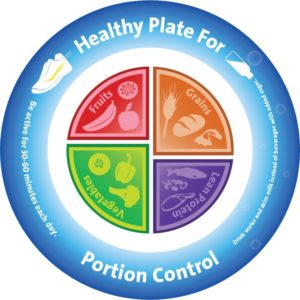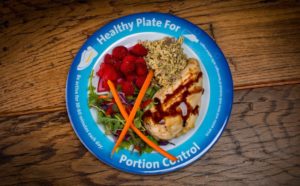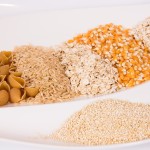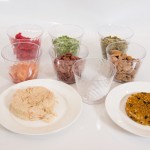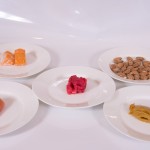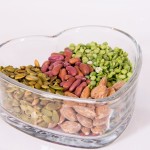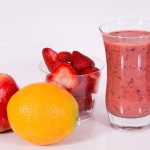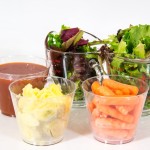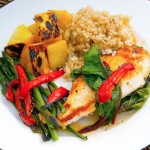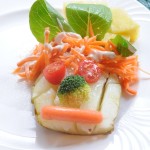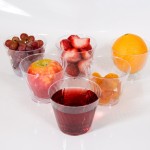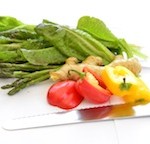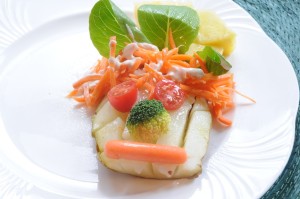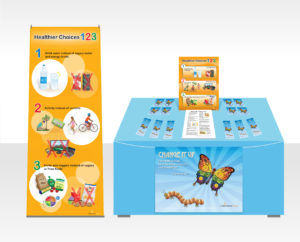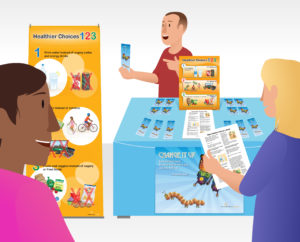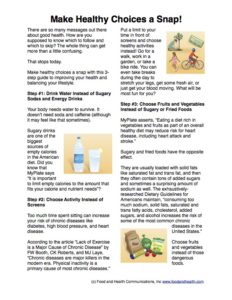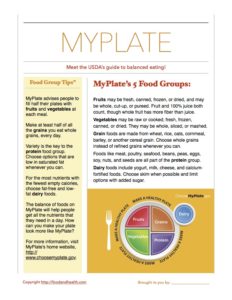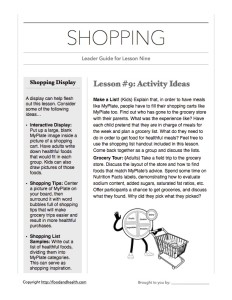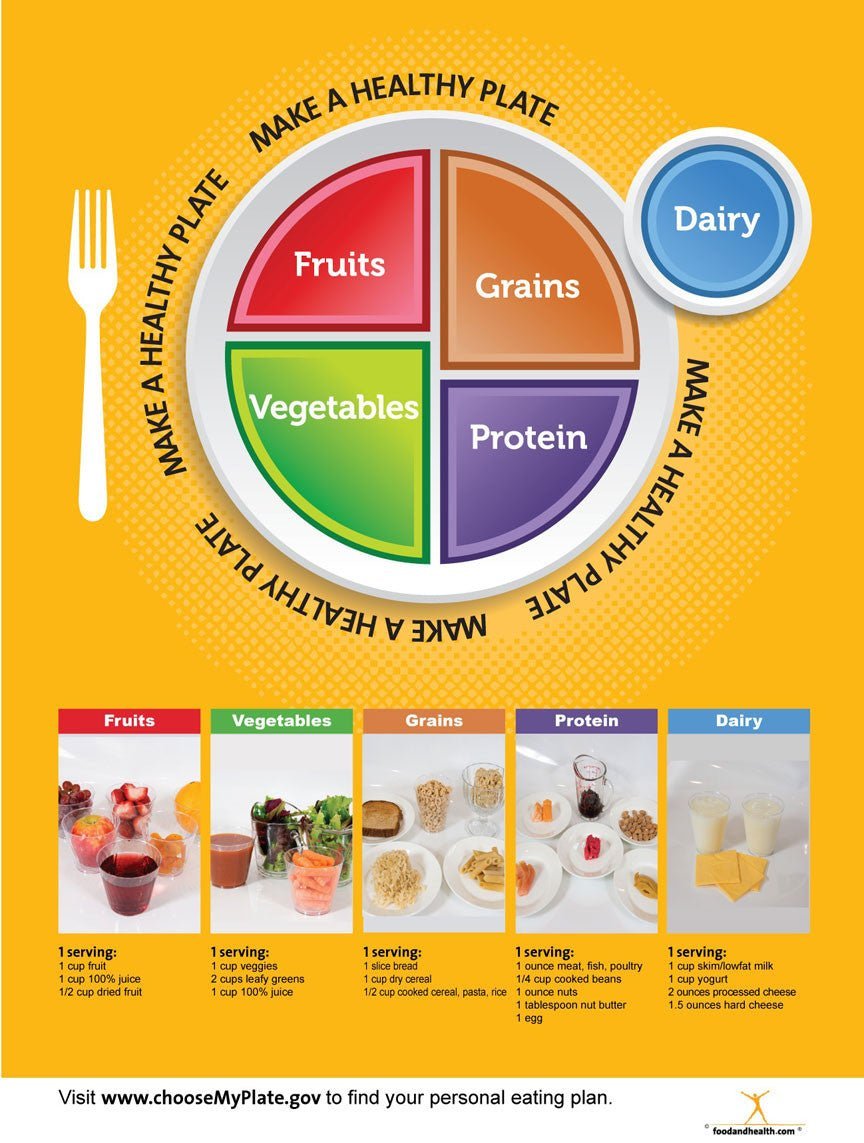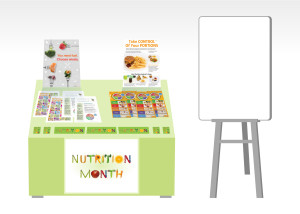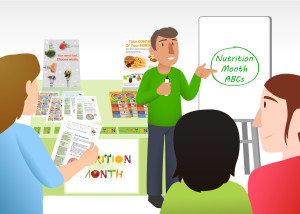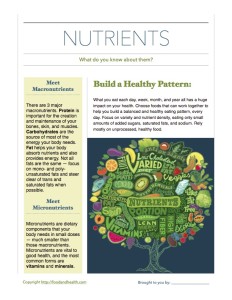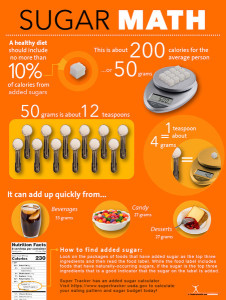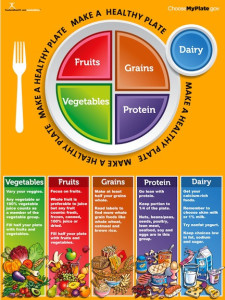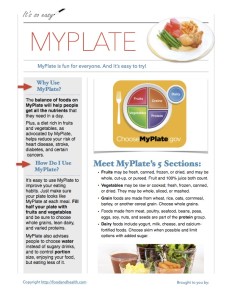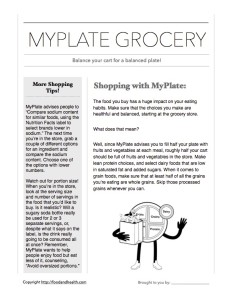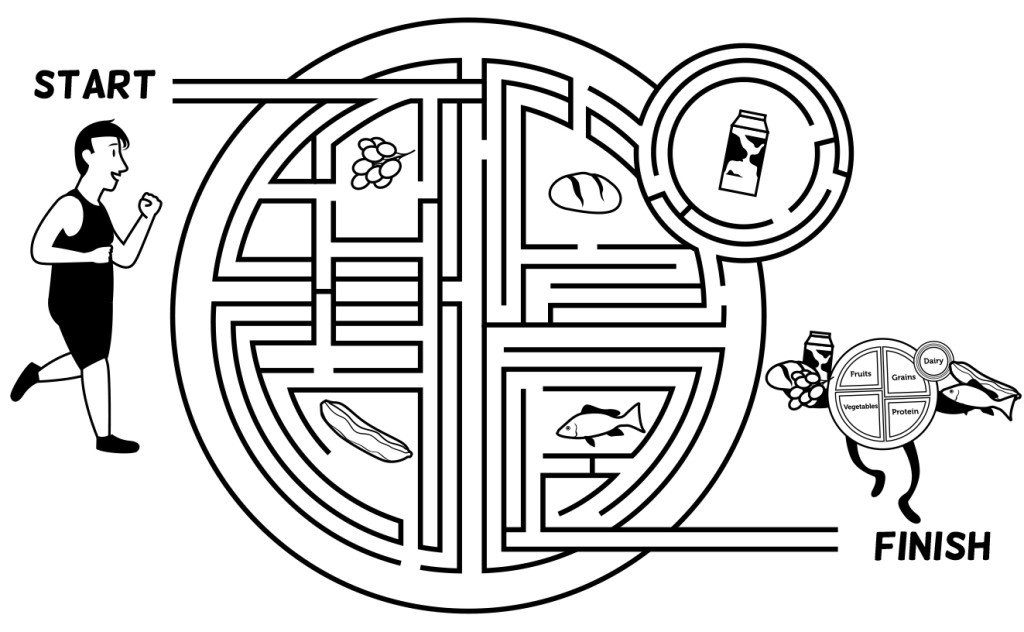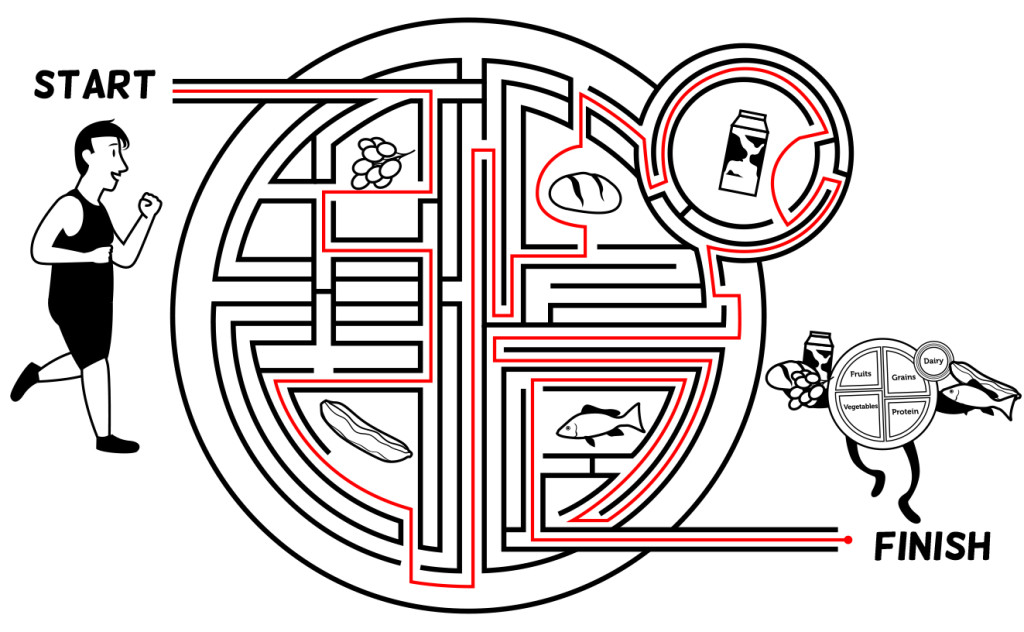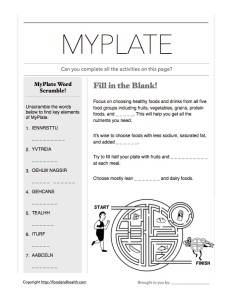Portion control is often key to maintaining a healthy weight and reducing the risk of chronic disease.
We’ve all heard about the many benefits of a healthful eating pattern that incorporates proper portion control.
Making portion control something that is accessible and appealing to your clients, on the other hand, can be more of a challenge.
That’s why my team and I created these beautiful portion control plates!
We designed these plates to help consumers stay on track when it comes to maintaining a healthful diet, practicing portion control, getting regular exercise, and staying hydrated.
By using this plate to dish up their meals, people can save up to 60% of their daily calories per meal (compared to just loading a plate by eye like most people do). This plate keeps foods in the proper proportions and portion sizes, as recommended by MyPlate.
The inside of the plate guides people to balancing their plates with:
- 3 ounces of lean protein
- 1/2 cup of cooked grains
- 1 cup of vegetables
- 1 cup of fruits
Meanwhile, the rim of the plate is full of reminders to sip the right kind of beverage and get moving from time to time!
The beautiful color pattern of the plates makes them attractive for home, picnics, the office, and parties. Plus, they work beautifully in wellness fairs, cooking demos, classrooms, and one-on-one consultations.
To celebrate the release of these wonderful nutrition education materials, I want to share two activities that you can do with these plates today!
Activity #1: Fill the Portion Plate
What you’ll need:
- Enough portion control plates for everyone
- Magazines
- Scissors
What you’ll do:
- Assemble your group, pass out the plates, and make sure everyone has access to scissors and magazines. Explain that they are going to cut out pictures of food and then sort them into the appropriate areas of the portion control plate.
- Offer your participants some time to cut out their selections, then explain the next part of the activity.
- Pick a food group and call it out. The participants must find a food that fits into that group (from their collection of magazine images) and place it on the correct section of the plate, holding up both the picture and the plate so that you can see it. Award points for speed and accuracy, correcting any misconceptions that may crop up.
- After the game is over, you discuss the results and let the class go or add a twist. For the latter, see who can find the healthiest food to fit in a food group the fastest. Discuss. What makes each food a good fit for its food group? What nutrients does it contain? How much saturated fat, added sugars, or sodium is in the food?
Portion Control Planning:
What you’ll need:
- 1 portion control plate per person
- Paper
- Pens or pencils
What you’ll do:
- Pass out the plates to each participant. Give everyone pens and pieces of paper too.
- Have everyone examine the food groups on the plate. What are the portion sizes like? How do the proportions work? Discuss what they notice.
- Have people list the days of the week across the tops of their papers. Using the plates, have them plan meals that would fill the plates in the proper portions for breakfast, lunch, and dinner on each day of the week.
- Once everyone has their ideas mapped out, ask for volunteers to share their plans. What inspired them? Why? Which ideas are the best for a healthful eating pattern? What makes them healthful?
- Once your discussion is finished, let your participants keep their plates, and, if you’ll see them again, check in on their progress. Do they like using these new plates? Why or why not?
I hope you liked this resource spotlight!
Here are some other great portion control materials — which will make your life easier?

Scale Down Your Portions Banner 48X36
$88.00 $110.00
Add to Cart




